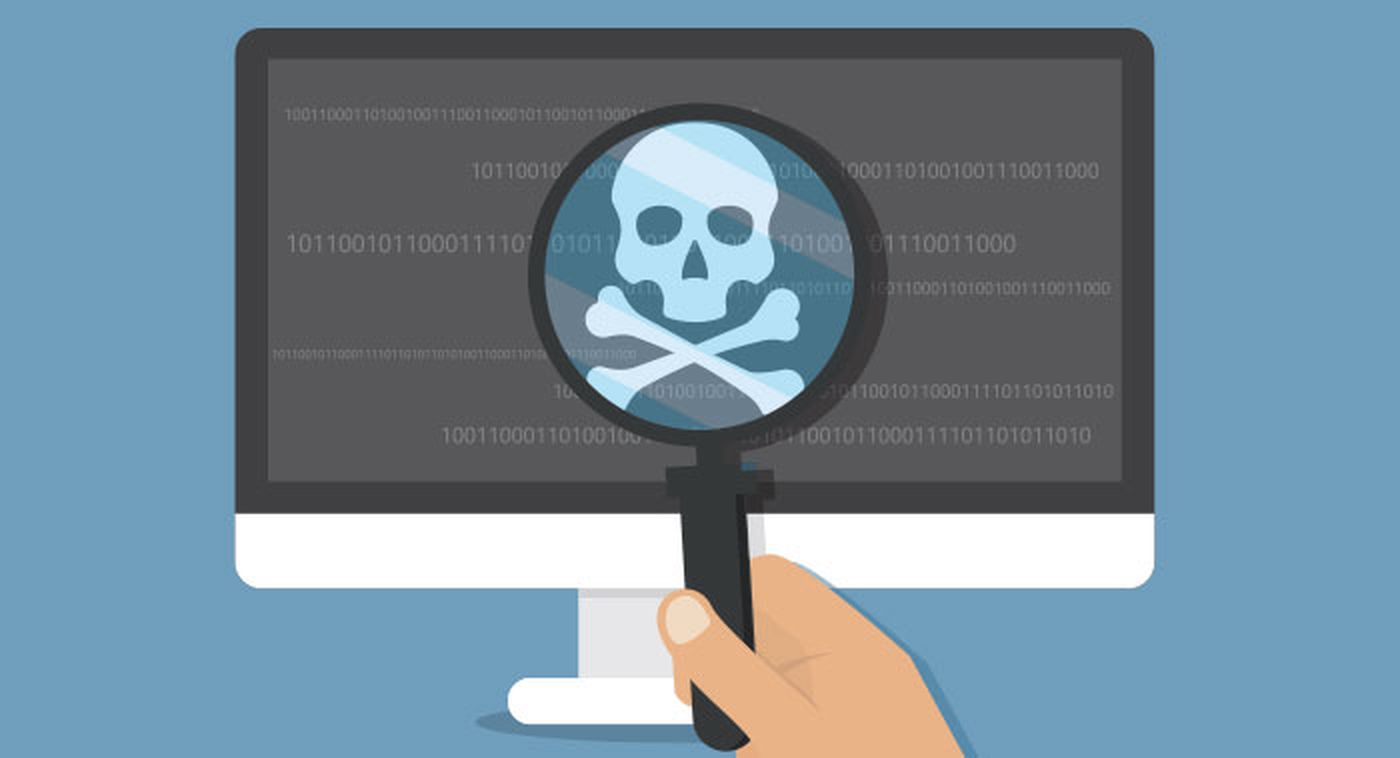
Whether to perform virtual server backups at the guest (VM) or host (hypervisor) level is one of those philosophical technology questions that has implications in terms of resource consumption, reliability, and most importantly, customer service levels.
While many believe that host level is the best or least expensive way to go, there are significant advantages to a guest-level approach, especially for MSPs. Before you decide, consider these issues.
What are you really protecting?
The actual hypervisor doesn’t need backing up. It’s easily reinstalled. The important things you really need to recover are the virtual servers and the applications and data on those servers.
While it’s easy to set up backup at the host level, when you need to recover a single VM, or a single folder within a VM, why not skip going through the hypervisor and work directly with the server in question?
Resource efficiency
Backup at the host/hypervisor level has similar disadvantages as image-level backup. It grabs everything in one fell swoop, including some things you don’t need. Over time, this has real implications for the amount of data storage required, as well as the frequency of backup you can offer. When storage costs become untenable, you’ll be forced to choose: fewer backups each day, or shorter data retention.
A more granular guest-level approach means individual backups can be smaller and quicker. With less storage being consumed, you can provide a better service level by backing up more frequently and keeping restore points longer.
Wouldn’t you prefer to offer a better service level using the storage and network capacity you already have?
Avoid a single point of failure
One of the disadvantages of appliance-based backup is the potential for that appliance to become a single point of failure. If the appliance acts as the aggregator of device backups before sending them off-site, hardware failure or capacity limits can bring all your backups to a halt. Backing up at the hypervisor level has the potential for a similar problem.
Backing up at the guest VM level allows each server’s backup to run independent of the others. A problem with one doesn’t instantly become a problem for all, as your backup “eggs” aren’t all in the same proverbial “basket.”
Infrastructure continues to change
It’s no surprise to anyone in IT that the technical underpinnings of our applications and servers continue to change. Servers are physical and virtual; they may run on-premises and in the cloud. Infrastructure-as-a-service options are growing in popularity. The infrastructure layer isn’t likely to stop changing any time soon—so why tie your backup and recovery processes to a hypervisor?
For example, if your servers run in Azure, you won’t have access to the hypervisor, so guest level is your only option.
By handling your backup processes closest to the data needing protection, your solution is likely to have greater longevity as the location and foundation of those servers continues to evolve.
A direct device-to-cloud backup process allows you to keep consistent control over the protection, retention, and recoverability of your data—no matter where your servers sit, or what format they are.
Efficiency of staff time
If physical and virtual servers are backed up the same way, backups can be managed consistently across all your customers and all their servers. Standardizing your process helps reduce the chance of human error and generally makes more efficient use of your team’s time.
This process consistency is even more important at recovery time. One consistent method of doing either file-level or full-system recovery allows your technicians to act quickly, without having to refresh their memory on a recovery method they may see less often.
Exceptions to every rule
While the above points argue in favor of guest-level backups, there are situations where this simply isn’t possible. Some unusual operating systems or stringent firewall options may block your access to guest VMs for backup purposes, and in those cases, host-level may be your best (and only) choice.
Before deciding that hypervisor-level backups are right for you, think it through and make an informed choice. You may find that guest-level is your best option.
Author Carrie Reber is senior product manager, SolarWinds MSP (rebranding as N-able). Read more guest blogs from SolarWinds MSP here.




